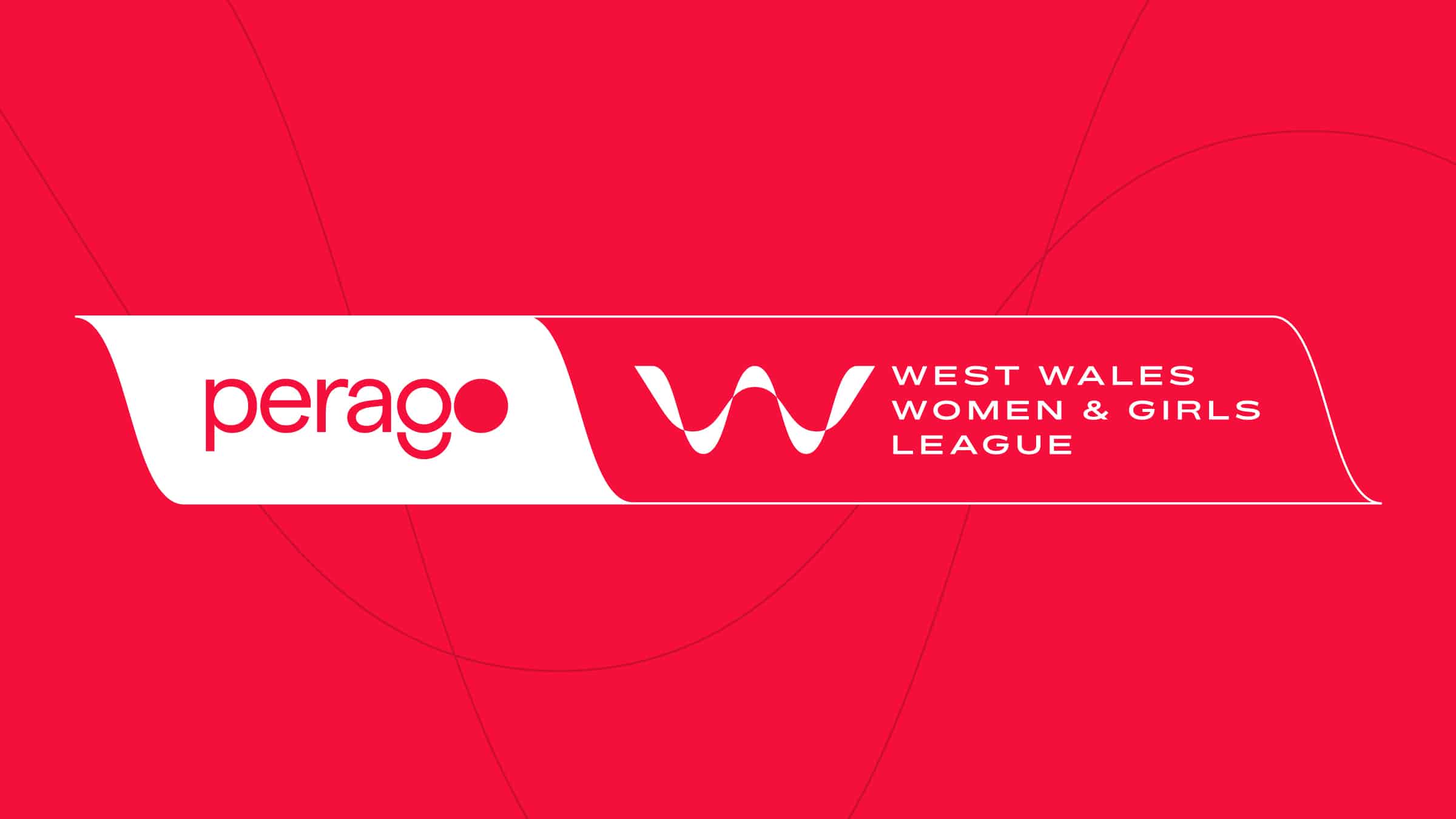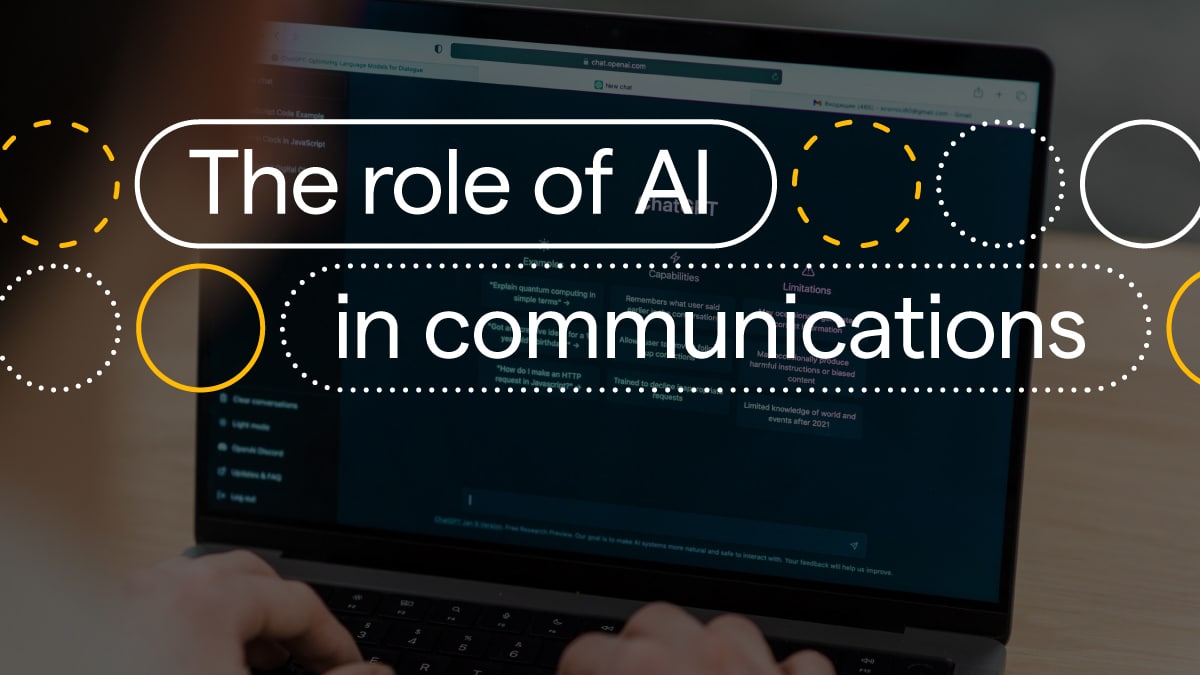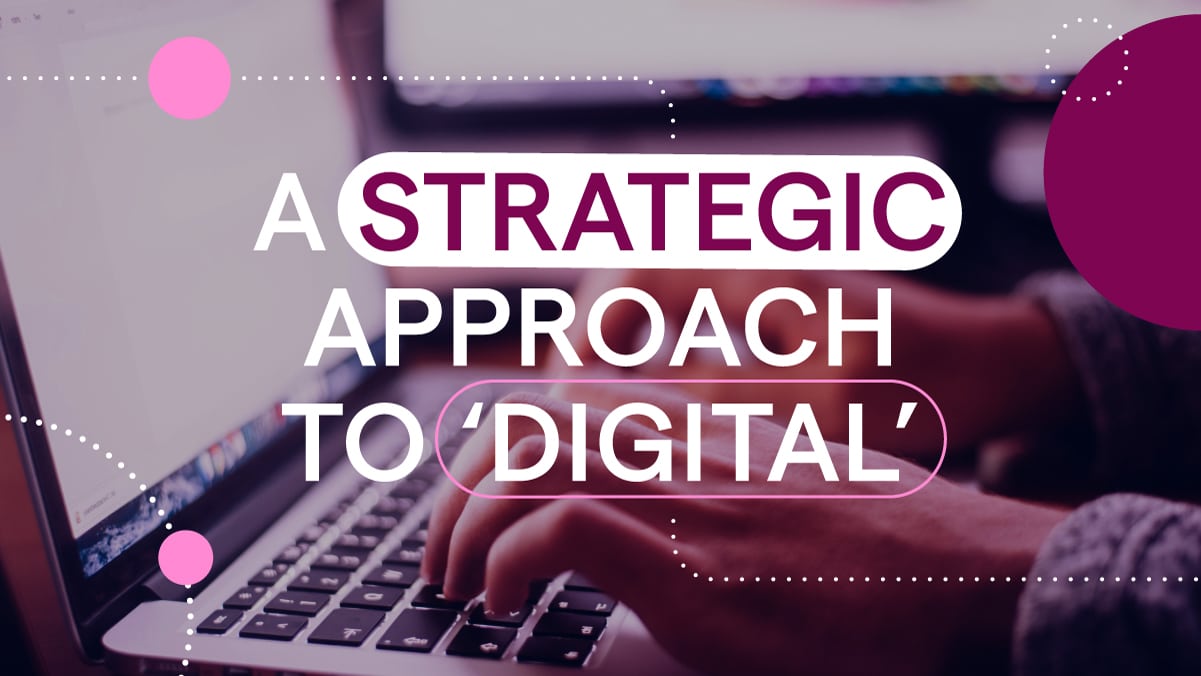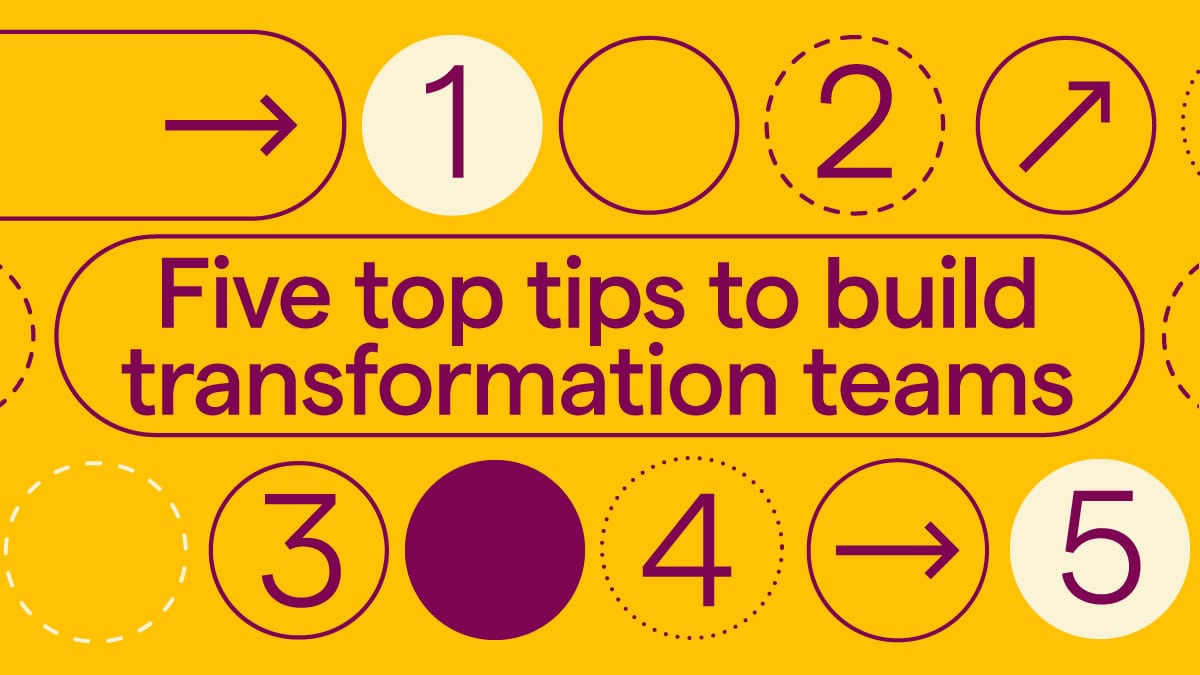How to deliver a successful user research project
5 min read Written by: Seb Parsons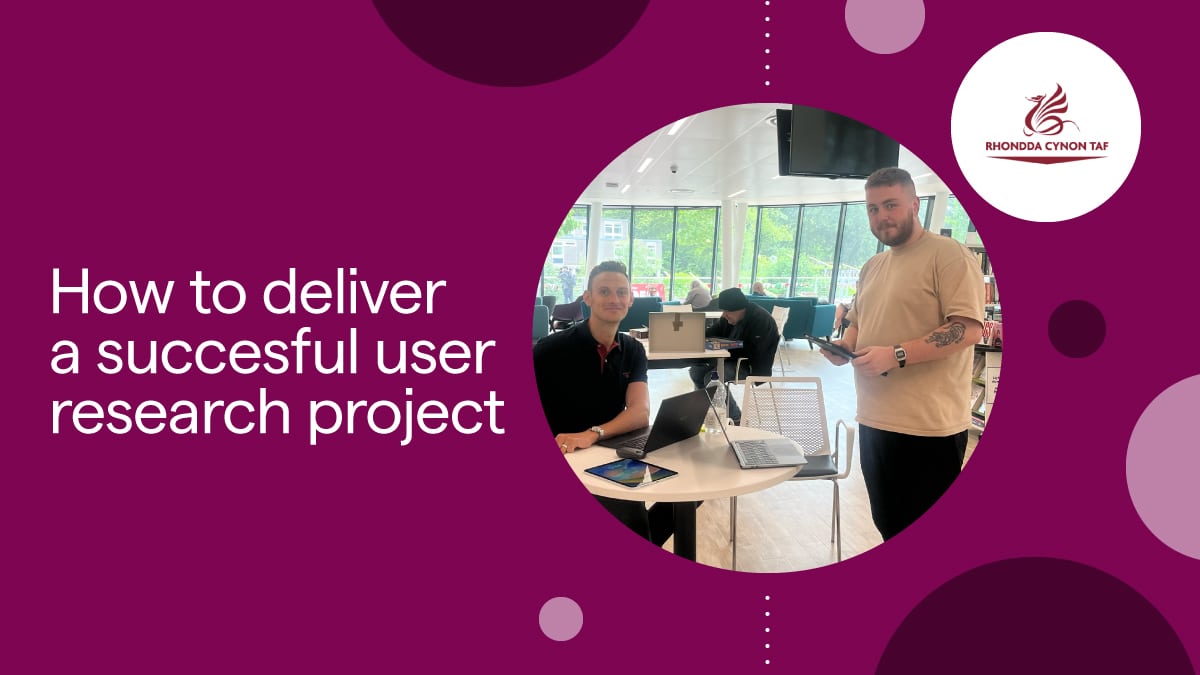
As a service designer, I see firsthand how important user research is to our team. Uncovering those golden nuggets of user insight makes our projects somewhat unique. In this blog post, we’ll explore some current methodologies we utilised for effective user research, using as an example a recent website review project we conducted for Rhondda Cynon Taf (RCT) Council.
Understanding the Research Goals
Before diving into user research, it’s essential to define the goals of your user research clearly. For the RCT website review, the primary objectives were to:
- Review existing content, functionality, and user experience.
- Review operational management, technical capabilities, and governance of changes and updates.
- Highlight best practices for online web services.
Step 1: User research with Council staff
The first research phase included interviews with key council staff to uncover their views on the website’s purpose, functionality, and user experience.
Who we spoke to:
- Digital Improvement Office (DIO)
Following the kick-off meeting, we conducted 1-2-1 interviews with each DIO and Web Team member. The purpose of this was to gauge everyone’s opinion regarding what they think the site’s purpose should be and to understand their ways of working and how these are implemented.
- Service Leads
The next step was to meet the leads of various departments throughout RCT to gain insight into how they use the website to support the day-to-day work of their teams and their thoughts and feelings regarding what works well for them and what they think could be improved.
- Top web content authors
Similar to the discussions with service leads, we met with the top web content authors within RCT. These people are responsible for creating content for their respective teams and uploading it to RCT’s content management system, Contensis. We spoke with them to discover the process they follow to write, review and upload content to the site and what works well for them and what they think could be improved.
Step 2: User Research with RCT Residents
- Observational study
After the initial internal research, we shifted our focus from those who design and use the online services internally (RCT employees) to those outside the organisation (RCT’s residents). This research stage included several in-depth qualitative interviews and user research. Some participants were approached on the spot, while others were pre-informed through their involvement in consultation groups. This method provided an opportunity for more in-depth, qualitative feedback. Being a proudly Welsh company, we take pride in accommodating everyone in Wales, so we had Welsh speakers present during this observational study.
The key user journeys examined included tasks such as paying for school dinners, finding green waste collection days, reporting missed bin collections, applying for parking permits, seeking support for young carers, booking tickets for Ponty Lido, registering births, and requesting recycling bags. When faced with the task, some residents needed help finding the information, while others expressed frustration with the website’s navigation. These observations offer valuable insights into how we can improve the user experience and will form part of the recommendation we will create at the end of the project.
- Online Survey
An online survey focusing on users’ personal experiences using the website was distributed through the Council’s website, internally and externally, via email and social media channels. This method allows for the collection of quantitative data and a broader outreach.
The quantitative data collected through the surveys complemented the qualitative insights from the interviews. Statistical analysis of survey responses also enabled us to identify patterns, correlations, and associations among variables of interest.
This survey focused on participants’ recent usage of the website, their journey, and the positives and negatives of their experience. This survey was produced in English and Welsh to accommodate all residents within RCT.
What we learnt, best practices for user research
If you’re interested in conducting your user research, these are some of the things I would keep in mind before starting:
- Use multiple channels: Employ a mix of online and offline user research methods to reach a broader audience. This approach helps capture a wide range of user experiences and feedback and receive both qualitative and quantitative information.
- Communicate clearly: ensure that potential participants understand the purpose of the research, what their involvement entails, and how their feedback will be used. Transparency builds trust and encourages participation.
- Follow ethical guidelines: respect participants’ privacy and obtain informed consent. Ensure that all data collected is handled securely and used solely for the intended research purposes.
- Listen to participants: In addition to communicating clearly, taking the time to understand your participants’ frustrations and empathise with their specific experiences goes a long way.
Conclusion
User research is a critical step in our process at Perago, ensuring that we will help design and deliver truly user-centric products. By defining clear goals and using a mix of methodologies, we are able to gather valuable insights that help our clients drive meaningful improvements. The RCT website review serves as a practical example of how we utilise different strategies to obtain valuable information, actionable recommendations, and next steps to help deliver services that work for the people who use them.

